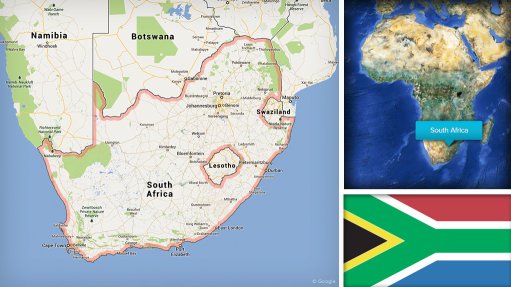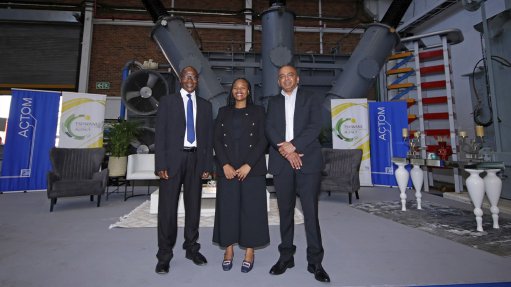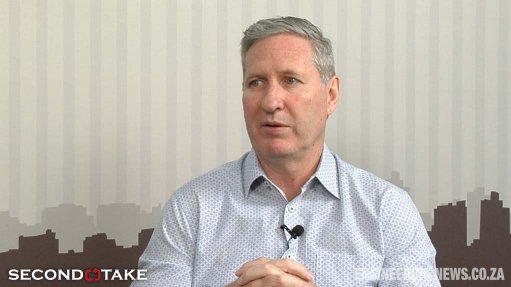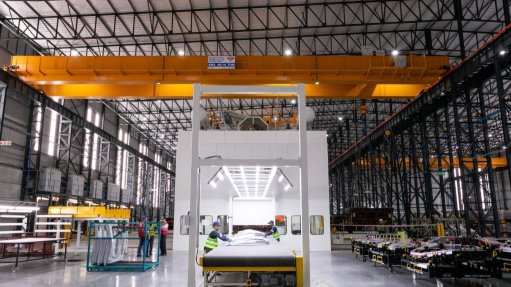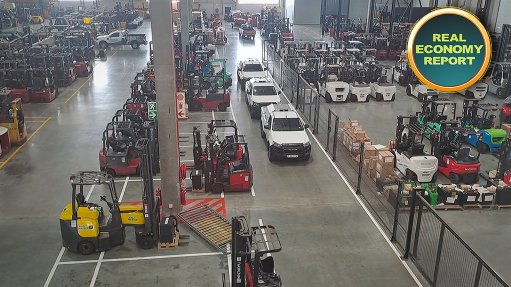Flight or fright?
What do you do when your local produce cannot compete in your domestic market? And, before answering, what should your priority be? You pursue an export-driven strategy as your focus.
Want to guess the produce? Here is a riddle: the farmer has a little friend; for many months she feeds the farmer breakfast every day, or dinner, but then only once. Another: swap two vowels from the first thing you do at a hotel and receive a farm animal.”
Got it? Not yet? Well, ‘check in’ becomes ‘chick en’.
You might take issue with this column not being something to cluck about; you might even consider it the poult of a joke. But ‘heigh-ho’, first recorded in 1553 and originating from “yawning, sighing, languor, weariness, disappointment” – well, you choose your frame of mind as you proceed.
What will a year be without devoting at least one column to chicken? So, not to disappoint, here we go.
On January 26, the Department of Trade, Industry and Competition (dtic) issued a media release titled ‘Export-driven strategy a priority for the poultry sector in South Africa’. Tell me that you read that with a straight face. You did?
The media release stated in the opening paragraph: “Under the leadership of the dtic, the poultry sector will pursue an export-driven growth strategy to advance the South African economy. A phase-two master plan framework to guide the implementation of this strategy is under development through a collaborative action between government, industry and all social partners. This was said by the chief director of agro-processing at the dtic during a visit to the Rainbow Chicken plant in Rustenburg, North West.”
Need a reminder of the ‘master plan’, which shouldn’t be confused with a ‘grand plan’? “The Poultry Sector Master Plan 2030 was signed off in November 2019 at the second South Africa Investment Conference. Phase one of the master plan concluded in 2023 and sought to address a number of serious challenges faced by the poultry industry, including high feed costs, export barriers and increasing imports, primarily from Brazil and the US.”
You might rightly question what constitutes the conclusion of phase one and, secondly, whether such a conclusion was successful.
But, to stay on track, “the second phase of the master plan will mainly focus on growth driven by exports of cooked meat and local demand increase strategies, effective trade measures, biosecurity measures for local and export markets, and transformation of the poultry industry, among others.” Additionally: “The other focus areas proposed by the social partners include addressing food security and malnutrition; a proposal on value-added tax exemption for some poultry products; funding; and other support for contract farmers and small businesses, with job creation, job-loss mitigation and transformation as cross- cutting themes. The ongoing process to finalise and sign off the phase-two framework is being facilitated through the convener’s structure of the master plan and bilaterals with constituencies represented.”
Then: “ . . . also highlighted the dtic’s role with regard to trade support for the poultry industry and pointed out its importance towards ensuring protection of the industry against imports, as well as promotion of exports.”
And there it is – ‘protection’. Is it tariff protection, safeguards or trade remedies?
Next: “It is important for us to engage with the industry on several issues that require collaboration with the Department of Agriculture, Land Reform and Rural Development. This partnership is essential to provide primary support to farmers, ensuring that there is sufficient production to feed the nation. Most importantly, government needs to support the investment efforts of the industry, enabling optimal employment of existing capacities created, as this will ensure sustainable growth of the industry.”
So, is there currently “sufficient production to feed the nation”? If not, what will be the short-term impact of ‘protection’?
In conclusion, “the poultry industry is the largest contributor to the agricultural sector, with a total annual gross value of production of almost R72-billion in 2022, accounting for 17.1% of the total agricultural gross value.”
Article Enquiry
Email Article
Save Article
Feedback
To advertise email advertising@creamermedia.co.za or click here
Comments
Press Office
Announcements
What's On
Subscribe to improve your user experience...
Option 1 (equivalent of R125 a month):
Receive a weekly copy of Creamer Media's Engineering News & Mining Weekly magazine
(print copy for those in South Africa and e-magazine for those outside of South Africa)
Receive daily email newsletters
Access to full search results
Access archive of magazine back copies
Access to Projects in Progress
Access to ONE Research Report of your choice in PDF format
Option 2 (equivalent of R375 a month):
All benefits from Option 1
PLUS
Access to Creamer Media's Research Channel Africa for ALL Research Reports, in PDF format, on various industrial and mining sectors
including Electricity; Water; Energy Transition; Hydrogen; Roads, Rail and Ports; Coal; Gold; Platinum; Battery Metals; etc.
Already a subscriber?
Forgotten your password?
Receive weekly copy of Creamer Media's Engineering News & Mining Weekly magazine (print copy for those in South Africa and e-magazine for those outside of South Africa)
➕
Recieve daily email newsletters
➕
Access to full search results
➕
Access archive of magazine back copies
➕
Access to Projects in Progress
➕
Access to ONE Research Report of your choice in PDF format
RESEARCH CHANNEL AFRICA
R4500 (equivalent of R375 a month)
SUBSCRIBEAll benefits from Option 1
➕
Access to Creamer Media's Research Channel Africa for ALL Research Reports on various industrial and mining sectors, in PDF format, including on:
Electricity
➕
Water
➕
Energy Transition
➕
Hydrogen
➕
Roads, Rail and Ports
➕
Coal
➕
Gold
➕
Platinum
➕
Battery Metals
➕
etc.
Receive all benefits from Option 1 or Option 2 delivered to numerous people at your company
➕
Multiple User names and Passwords for simultaneous log-ins
➕
Intranet integration access to all in your organisation






